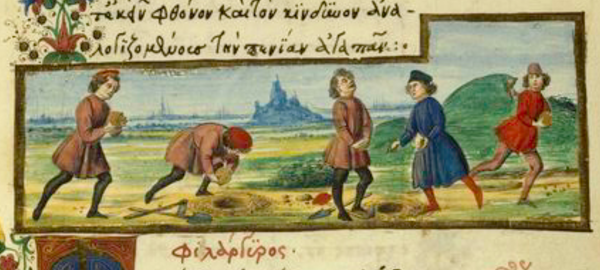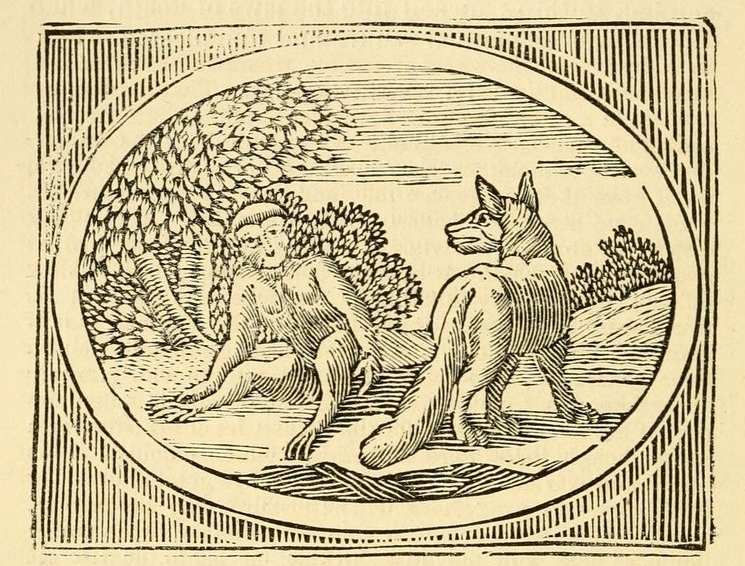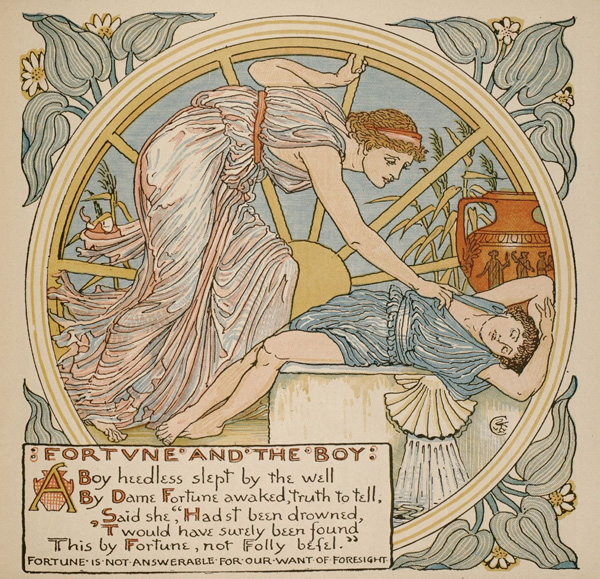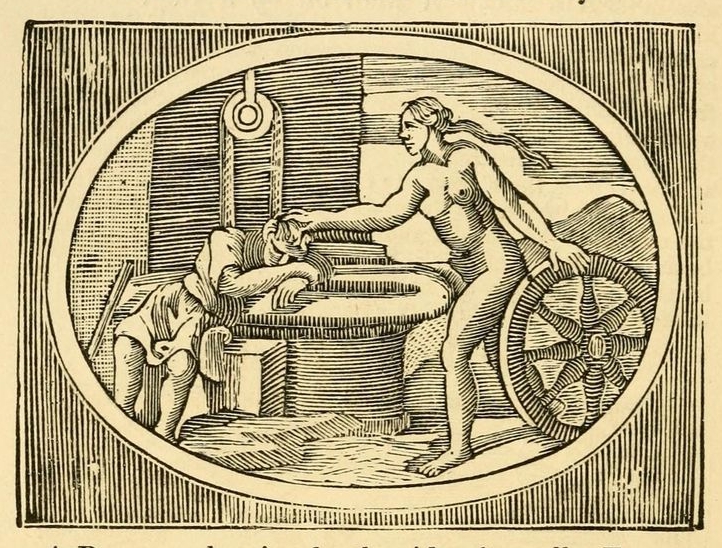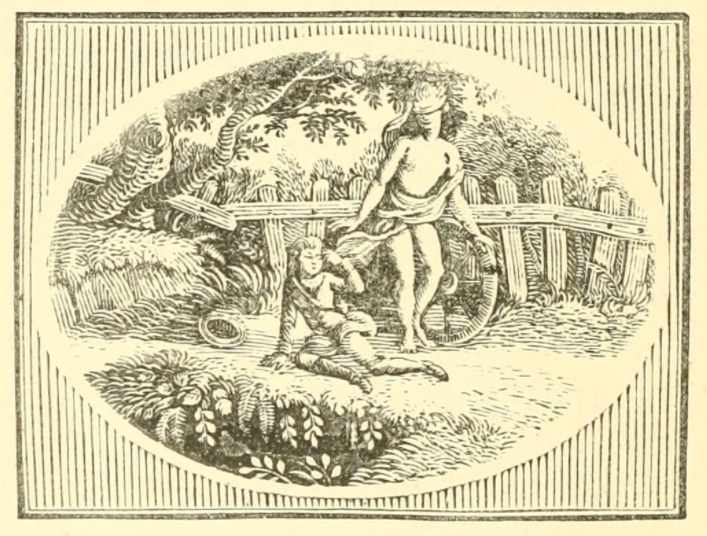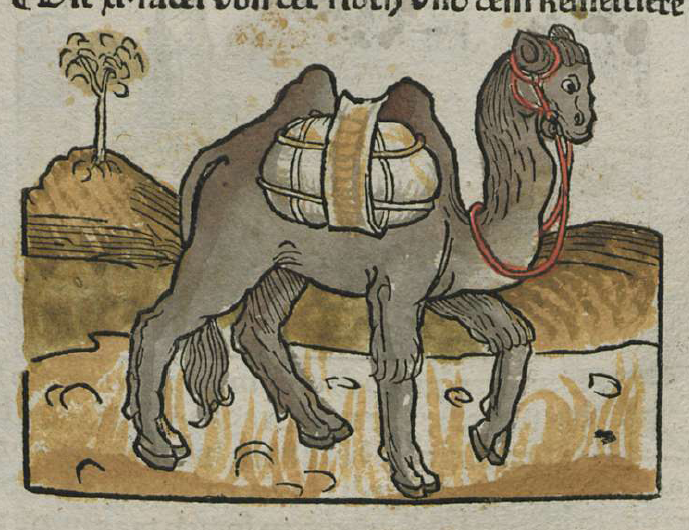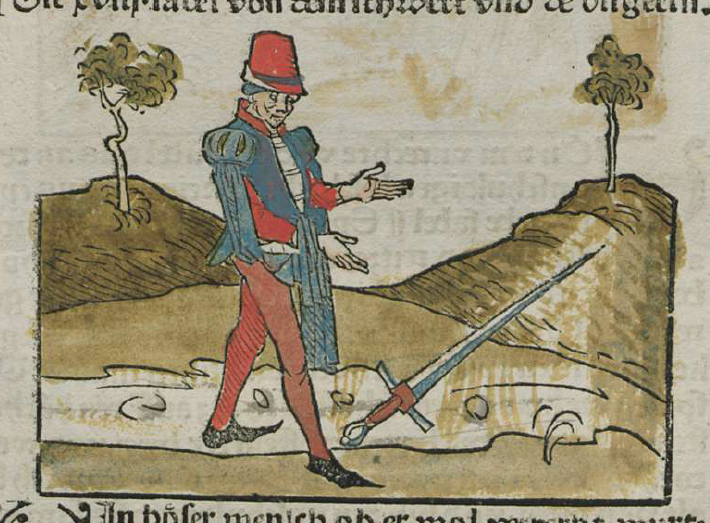I really enjoyed the
Latin fables of Desbillons (see
this post for more info) that Hector and I worked on yesterday, one from the classical canon and one modern fable.
The first poem is about a rooster and a snail, and Desbillons cites the French fabulist
Henri Richer as his source for this perfect little fable:
9.11 Gallus et CochleaAd culmen excelsae arboris dum nititur
Gallus se tollere volitando, nec potest,
Huc pervenisse Cochleam attonitus videt.
Efficere id autem quonam licuerit modo
Pennis carenti, scire discupit, et rogat.
Quid tum, inquit illa, si volare nescio;
Adrependi artem calleo magis utilem.
Here is the poem written out in English prose order to help in reading:
Gallus,
dum nititur tollere se
ad culmen excelsae arboris
volitando,
et non potest,
videt, attonitus,
Cochleam pervenisse huc.
(Gallus) discupit scire
quonam modo
licuerit (Cochleae) efficere id,
autem carenti pennis,
et rogat.
Illa (Cochlea) inquit,
"Quid tum
si nescio volare;
calleo artem, magis utilem,
adrependi."
I say: go, snail! The art of creeping along is indeed powerful. This resonates with the famous fable of the tortoise and the hare, but that fable was not really about the tortoise going slow and steady; it's really about the hare being foolish and boastful. In this case, the focus is all on the snail and
ars adrependi!
The meter is iambic, and here is some help with the meter (for more about iambic meter, see
the post about Desbillons 1.1).
Ad cul·men ex·cels~ ar·boris · dum ni·titur
Gallus · se tol·lere vo·litan·do, nec · potest,
Huc per·venis·se Coch·le~ at·tonitus · videt.
Effice·r~ id au·tem quo·nam licu·erit · modo
Pennis · caren·ti, sci·re dis·cupit, et · rogat.
Quid t~ in·quit il·la, si · vola·re ne·scio;
Adre·pend~ ar·tem cal·leo · magis u·tilem.
The second poem is about some flies in honey, and it is found in the classical Aesopic canon (Perry 80).
3.34 MuscaeEffusa mellis copia est; Muscae advolant,
Pascuntur. At mox impeditis cruribus
Revolare nequeunt. Heu! miseram, inquiunt, vicem!
Cibus iste blandus qui pellexit suaviter,
Nunc fraudulentus quam crudeliter necat!
Perfida voluptas fabula depingitur.
Here is the poem written out in English prose order to help in reading:
Copia mellis effusa est;
Muscae advolant,
pascuntur.
At mox,
impeditis cruribus,
nequeunt revolare.
Inquiunt
"Heu! Miseram vicem!
iste blandus cibus
qui pellexit suaviter,
nunc crudeliter necat,
quam fraudulentus!"
Perfida voluptas depingitur
fabula.
As someone who is inclined to eat sweets, I can relate to the poor flies!
The meter is iambic, and here is some help with the meter:
Effu · sa mel · lis co · pi~ est · Musc~ ad · volant,
Pascun · tur. At · mox im · pedi · tis cru · ribus
Revola · re neque · unt. Heu · miser~ in · quiunt · vicem!
Cibus is · te blan · dus qui · pellex · it sua · viter,
Nunc frau · dulen · tus quam · crude · liter · necat!
Perfida · volup · tas fa · bula · depin · gitur.
Plus an English translation from
Townsend's Aesop:
A NUMBER of Flies were attracted to a jar of honey which had been overturned in a housekeeper's room, and placing their feet in it, ate greedily. Their feet, however, became so smeared with the honey that they could not use their wings, nor release themselves, and were suffocated. Just as they were expiring, they exclaimed, 'O foolish creatures that we are, for the sake of a little pleasure we have destroyed ourselves.'
Pleasure bought with pains, hurts.
And for more Desbillons, here are the
other poems I've posted so far here at the blog. :-)
